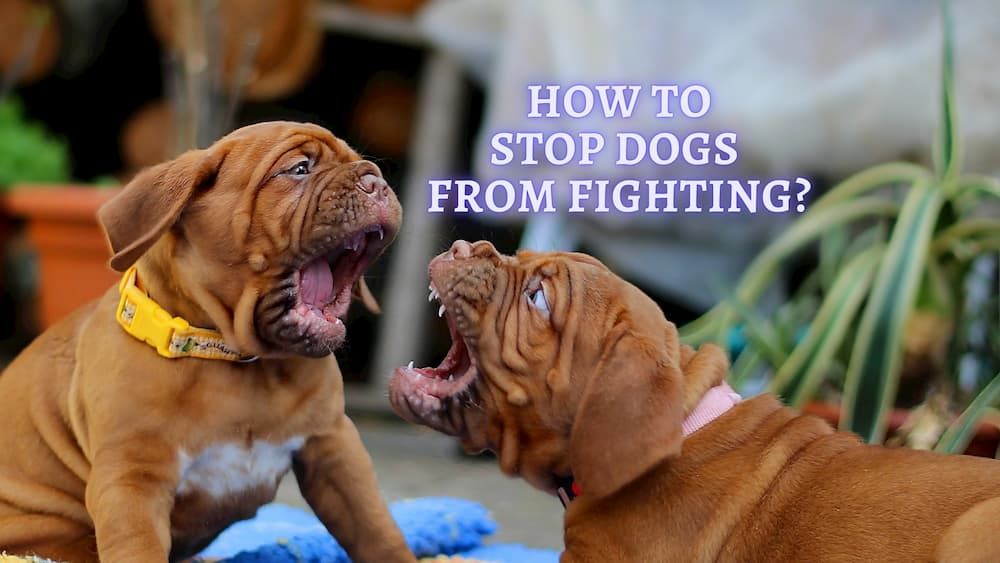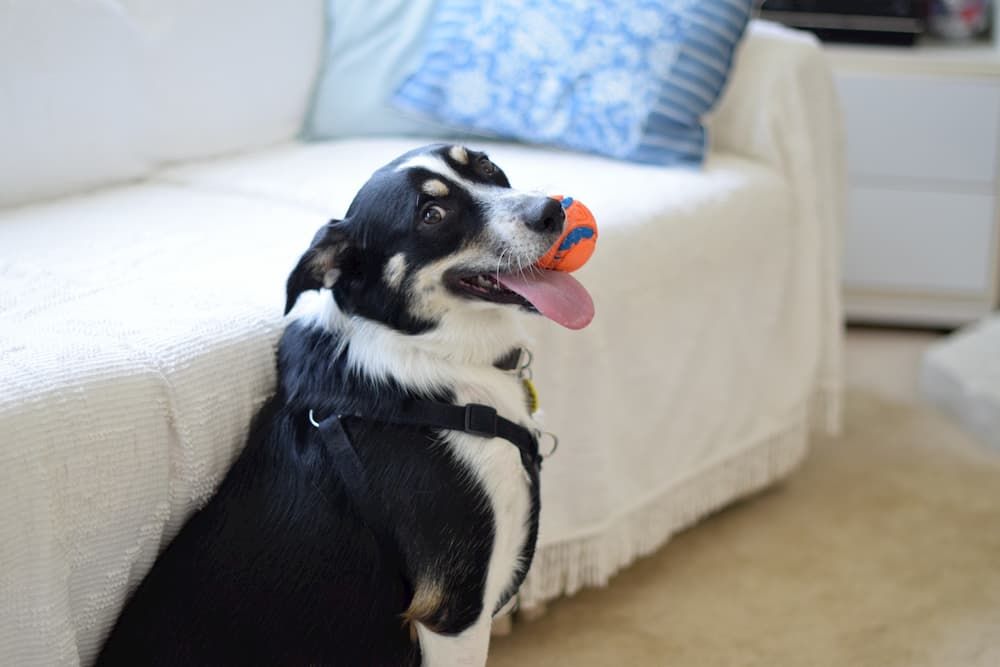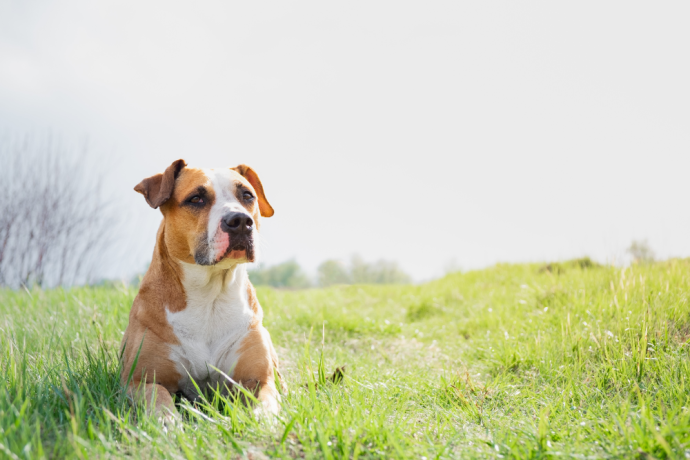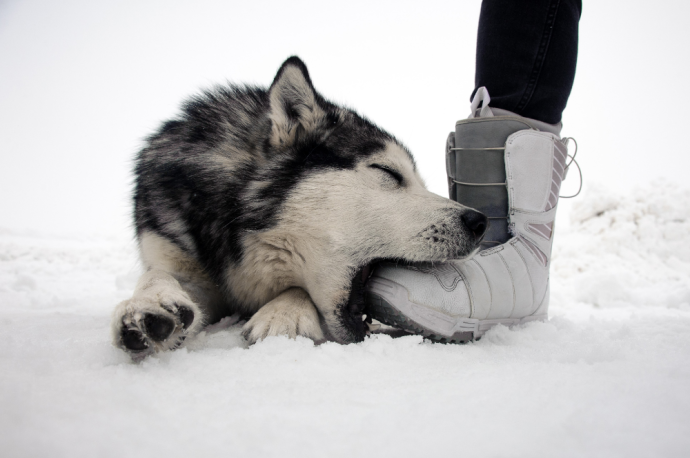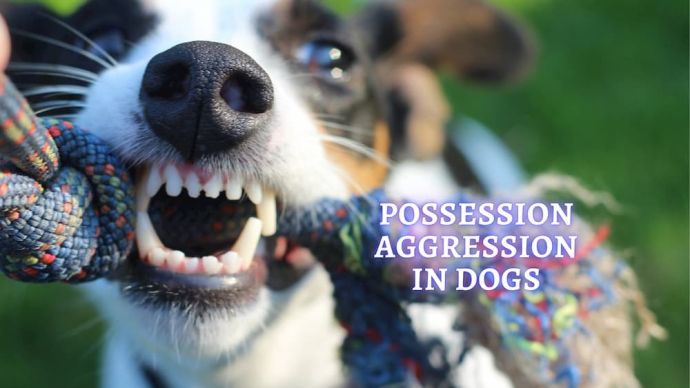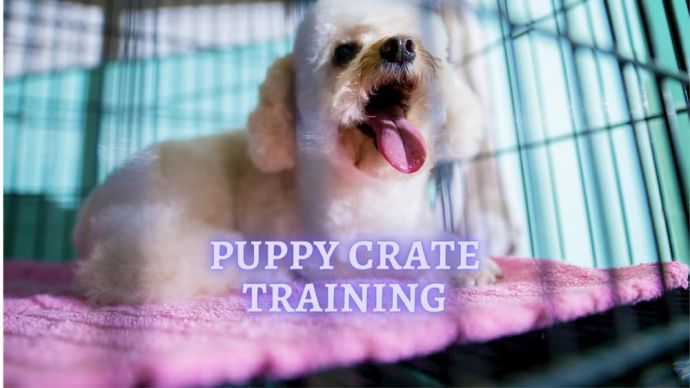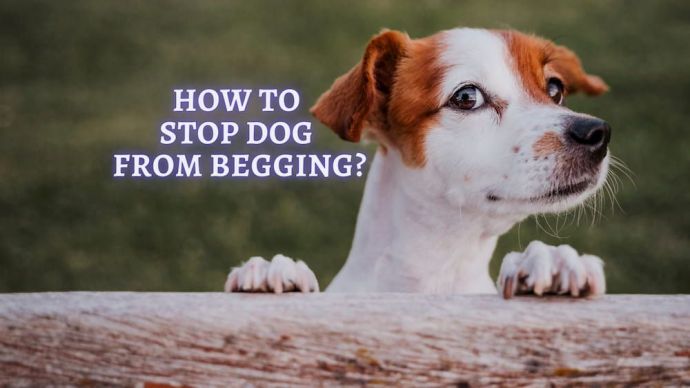How to Stop Dogs from Fighting with Each Other? (Dog Trainer Advice)
Written by:
Author: Alex Oldenburg
Certified Professional Dog Trainer (CPDT-KA) and the owner of MESSY Dog Training, Alex offering solutions to help owners and their dogs live in harmony. Alex has been training dogs for over a decade and loves solving behavior problems based on fear and anxiety, reactivity, and helping with the basics of obedience and household manners!
View all 5 articlesLearn about our editorial process and veterinary review board.
Viewed: 234
Updated on: 05/16/2023
Dogs bring so much happiness to our lives that having just one is sometimes hard! However, it can become stressful if the dogs in your home display aggression towards each other and fight.
In this article, we will explore why dogs that live together fight, how to stop dogs from fighting, and how to recognize if the problem is serious and if you need additional help.
READ MORE: Are Two Dogs Better Than One?
Why Are My Dogs Suddenly Fighting?
There are many reasons why your pets may be fighting, so the first step to solving the problem is determining why. Once you know the underlying reason for the behavior, you can take steps to prevent it!
1. Health Problems
If the aggression is sudden, your first call should be to a veterinary clinic. Dogs that generally get along without signs of stress or aggression may become aggressive when they aren’t feeling well.
Sometimes, the medical problem can cause increased aggression itself. This is the case for many pets with thyroid or hormone problems, which can often be detected by a blood test. Neurological changes to your dog’s brain can also be a potential reason your pets are suddenly fighting.
However, it’s important to remember that aggression is also a way for dogs to communicate. While we don’t want our pets to fight, the aggressive displays tell other pets or people to leave them alone.
Because of this, your pet can experience a medical problem leading to aggression without the condition directly causing the aggressive displays. Any medical condition that causes pain or discomfort, especially chronically, can also ca
2. Resource Guarding
Sometimes, the aggression is over something your dogs perceive as a valued resource. This resource can be a person, a comfy place to sleep, food, or even a doorway.
Dogs that are aggressive over resources are said to be “resource guarding”. The aggression comes from a place of fear of having their favorite thing taken from them, so they preemptively ask the other pet to stay away.
Sometimes, though, this can escalate into a fight, especially if both animals want the same resource. You may have noticed subtle communications from your pets before, where one pet stares at the other to warn them away from a resource.
However, this can seemingly escalate suddenly if a pet gains or lacks confidence or also decides they want the same resource when they haven’t in the past.
3. Genetics
Aggression is not just a matter of nurture – it involves nature as well. Dogs of different breeds (as well as individual genetics) can have varying levels of innate aggression.
Sometimes, this seems to come up suddenly when your pet is maturing. Aggression is usually abnormal in puppies. However, when your puppy turns into an adolescent and then an adult, they can further develop their personality.
For some breeds, they are prone to pet aggression in general. Others usually only fight within the same sex, after maturity.
Genetics also help determine when your pet will reach maturity. Larger breeds take longer to fully develop – both physically and mentally.
This is important to keep in mind, since adolescence and maturity can already be difficult for some dogs. In male pets, testosterone can double or even triple during their youth. This added testosterone can play a role in sudden or increased aggressive behaviors.
READ MORE: How to Stop Puppy Growling?
How Can I Stop My Dogs From Fighting?
Once you’ve determined why your dogs are fighting, you can take steps to help prevent their aggression. Please note that the list above is merely a selection of common reasons for dogs to fight within the same household, and there are many more options!
1. Use a basket muzzle
In all cases, teaching your pet to comfortably wear a basket muzzle can help keep your pets safe. Basket muzzles aren’t cruel or uncomfortable – in fact, they should be fitted so that your dog can drink and pant as normal when they’re being worn. Many also have holes to allow you to feed treats through the opening when working on training!
The Muzzle Up Project [1] is a great resource for muzzle training your dog. Their resources will help you select a muzzle, as well as teach your pet to be comfortable wearing one.
READ MORE: Dog Muzzles Reviews
2. Utilize varying forms of managemet
Another way to help prevent fights is to utilize varying forms of management.
- Sometimes, if pets are fighting over food, feeding them while they are in their crates and separated.
- Other times, if your animals are fighting because they both want access to a bed, a baby gate can keep them separated while still allowing them to be a part of the family.
It’s important to remember that when animals are fighting, they are not going to care if they bite your hand or if they bite the pet they are fighting with at that moment. Splitting up dogs that are fighting needs to be handled carefully.
Rather than using your hands and arms, try to break up your animal’s fight by making a loud noise, spraying them with water, or using an object to separate them. Many pet fights are noisy rather than damaging, especially at first, so make sure to take the time to keep yourself safe!
Determining If You Need to Seek Help for Your Dog’s Aggression
As previously mentioned, if your dog’s aggression is sudden, there’s a chance that your pets aggression is actually a side effect of a medical condition. Ruling out any chance of your pet’s attack related to a medical problem is an important first step in solving it!
In addition, most reputable trainers will ask that you rule out any medical concerns before meeting with you to discuss behavior. It’s not fair to the dog to try and train them to solve aggression caused by discomfort or pain, and your pet’s training will go much faster if you aren’t battling a health problem.
If your pets are displaying aggression regularly, it’s likely time to seek the help of a professional trainer. Due to the many nuances of behavior modification, as well as the variety of reasons dogs can display aggression, your pet will have much better progress if you work with a professional sooner rather than later.
The International Association of Animal Behavior Consultants [2] and the Certification Council of Professional Dog Trainers [3] both independently certify dog trainers and animal behavior consultants. Their directories make a great starting place when looking for a local professional.
Besides the frequency of pet fights, you can also look at the severity to determine if you need professional help. Dr. Ian Dunbar developed a bite scale that can help you determine the severity [4]. In general, if your dogs are easily distracted from their fights, and they don’t cause any physical damage, you may be able to manage their behavior at home. However, when bites reach level 2 or higher, it’s no longer safe to try and manage the behavior on your own.
There’s no shame in seeking help, either! Dog behavior consultants exist to offer help when you need it. Being a responsible pet owner includes making sure you have the best tools you need to solve your pet’s aggression, whether that means a vet visit, professional trainer, or management programs at home.
RELATED ARTICLE: How to help cat and dog to get along?
Article Sources:
- The Muzzle Up! Project | Muzzle Advocacy, Education, and Training. muzzleupproject.com.
- International Association of Animal Behavior Consultants, m.iaabc.org.
- “Certification for Professional Dog Trainers and Behavior Consultants.” CCPDT, ccpdt.org.
- Dunbar, Ian. “An Assessment of the Severity of Biting Problems Based on an Objective Evaluation of Wound Pathology.” The Association of Professional Dog Trainers, apdt.com/wp-content/uploads/2017/01/ian-dunbar-dog-bite-scale.pdf.
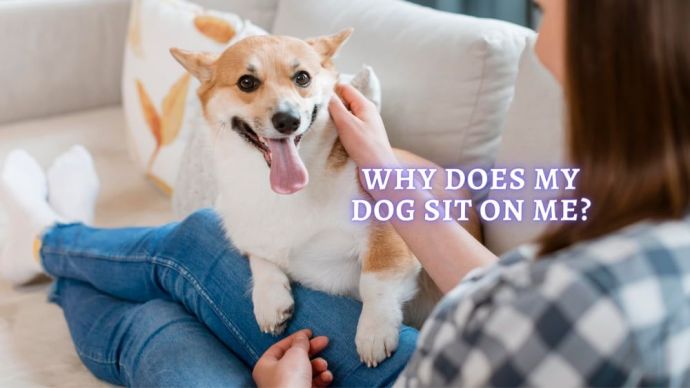 Dog Training Why Does My Dog Sit on Me: Reasons Why Dog is Sitting on You (Explained by Dog Trainer)
Dog Training Why Does My Dog Sit on Me: Reasons Why Dog is Sitting on You (Explained by Dog Trainer) - 262
- 0
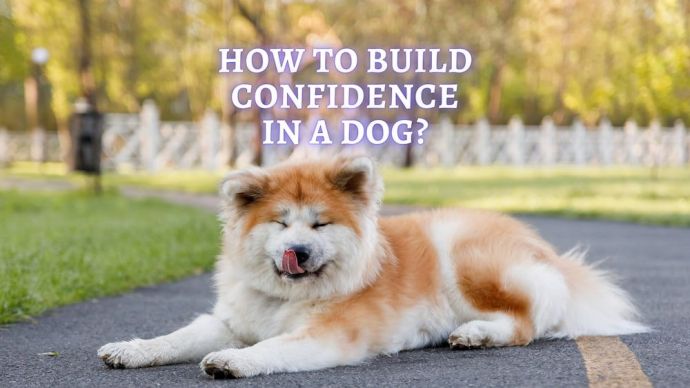 Dog Training How to Build Confidence in a Dog: 8 Ways To Improve Your Dog’s Confidence
Dog Training How to Build Confidence in a Dog: 8 Ways To Improve Your Dog’s Confidence - 105
- 0
 Dog Veterinary Tips Why is my Dog throwing up: Causes and Preventing (Veterinary Advice)
Dog Veterinary Tips Why is my Dog throwing up: Causes and Preventing (Veterinary Advice) - 23424
- 5
 Dog Care Why Is My Dog Bleeding From Its Butt? Causes and treatment of rectal bleeding in the dog
Dog Care Why Is My Dog Bleeding From Its Butt? Causes and treatment of rectal bleeding in the dog - 22076
- 0
 Dog Care My Dog Keeps Scratching His Mouth: Reasons Why Your Dog Scratching Face
Dog Care My Dog Keeps Scratching His Mouth: Reasons Why Your Dog Scratching Face - 17561
- 1









